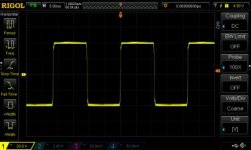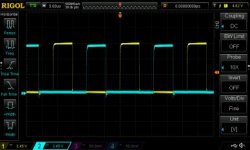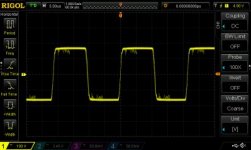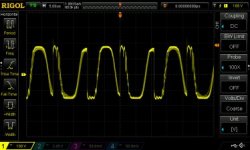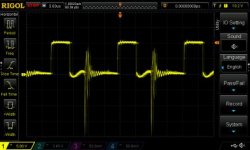Silvio
Well-known member
Well, I just figured out why it failed.... Stupid me wired the High output from the IR2110 to the low side mosfet and the Low output to the high side mosfet on the PCB... Arghh!! Do you suppose I could just fix it with a jumper while I am still testing until I make the final PCB? I'm thinking both mosfets may be burned up at this point but perhaps the IR2110 survived? I'll have to check it out later.
Hi Brady, usually when the fets blow they go short on all pins. The driver attached to them is also blown and don't chance it or at least make a simple oscillator with another 3525 or IR2153 and check it out on the bread board with 12v and low current setting. feed 2 LEDs instead of fets and check waveform with scope. check also your driver chip as what is usually connected to fets will get the full 320v across, check also diodes and resistors. BTW do you have a spring powered solder pump? I usually use wick in delicate places only.
Yes you can cut the traces and re-route with insulated wire (keep them short as possible) If it works satisfactorily you can leave them there why the hustle making another pcb? Oh now I remember you are to make it regulated in the future and have to add components.
Take a look here for the start up see what this guy did
http://320volt.com/en/2x60-volt-smps-devresi-sg3525-etd44-ir2110/
regards,
Silvio

